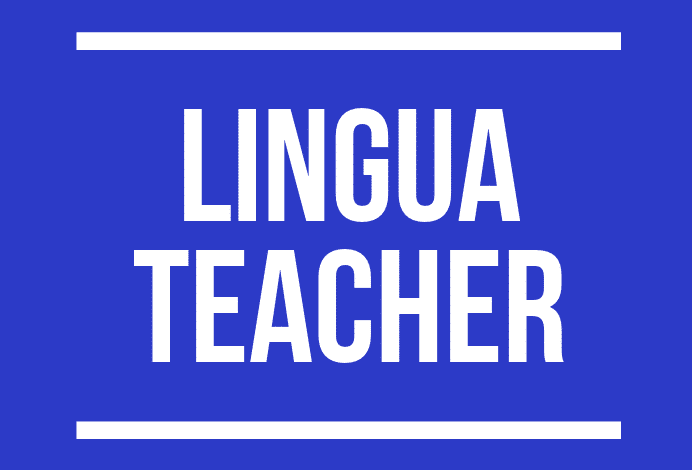Learning a new language can be both an exciting and challenging endeavor. One of the fundamental aspects of mastering English is understanding the role of helping verbs, also known as auxiliary verbs. Helping verbs are crucial because they assist the main verb in a sentence by extending its meaning and providing additional context such as tense, mood, and voice. By mastering helping verbs, language learners can express themselves more accurately and fluently. In this article, we will delve into the various types of helping verbs, their functions, and practical tips for using them effectively.
What Are Helping Verbs?
Helping verbs are verbs that complement the main verb to form a complete verb phrase. They can indicate different aspects of the action or state described by the main verb. Common helping verbs in English include forms of “be,” “have,” and “do,” as well as modal verbs such as “can,” “will,” “shall,” “could,” “would,” “should,” “may,” “might,” and “must.”
For example, in the sentence “She is running,” the word “is” is a helping verb that assists the main verb “running.” It helps to form the present continuous tense, indicating that the action is happening right now.
Primary Helping Verbs: Be, Have, and Do
The three primary helping verbs in English are “be,” “have,” and “do.” These verbs can serve both as main verbs and helping verbs, depending on their use in a sentence.
1. **Be**: Forms of “be” include “am,” “is,” “are,” “was,” “were,” “being,” and “been.” This helping verb is used to form continuous tenses and passive voice.
– Continuous Tenses: “She is studying for her exams.” (present continuous)
– Passive Voice: “The book was written by an acclaimed author.” (past passive)
2. **Have**: Forms of “have” include “have,” “has,” and “had.” This helping verb is used to form perfect tenses.
– Present Perfect: “They have finished their homework.”
– Past Perfect: “He had left before the meeting started.”
3. **Do**: Forms of “do” include “do,” “does,” and “did.” This helping verb is used to form questions, negatives, and emphatic statements.
– Questions: “Do you like ice cream?”
– Negatives: “She does not want to go to the party.”
– Emphatic Statements: “I did finish my work on time!”
Modal Helping Verbs
Modal helping verbs are used to express necessity, possibility, permission, ability, and other related concepts. Unlike primary helping verbs, modal verbs do not change form based on the subject.
1. **Can**: Indicates ability or possibility.
– “She can speak three languages.”
– “It can rain tomorrow.”
2. **Will**: Indicates future intention or willingness.
– “I will travel to Europe next year.”
– “She will help you with your project.”
3. **Shall**: Traditionally used to indicate future action, especially in formal contexts. It is more commonly used in British English.
– “We shall overcome these challenges.”
– “Shall we go to the park?”
4. **Could**: Indicates past ability or possibility, or a polite request.
– “He could run very fast when he was young.”
– “Could you pass the salt, please?”
5. **Would**: Indicates a conditional action or a habitual action in the past.
– “If I were you, I would study harder.”
– “When we were kids, we would play outside every day.”
6. **Should**: Indicates obligation, advice, or expectation.
– “You should see a doctor.”
– “They should have arrived by now.”
7. **May**: Indicates possibility or permission.
– “You may leave early today.”
– “It may snow tonight.”
8. **Might**: Indicates a smaller possibility.
– “She might come to the party.”
– “I might not have enough time.”
9. **Must**: Indicates necessity or strong recommendation.
– “You must wear a helmet when riding a bike.”
– “We must finish this project by tomorrow.”
Using Helping Verbs in Different Tenses
Helping verbs play a crucial role in forming different tenses, which indicate the time of the action or state described by the main verb. Let’s look at some common tenses and how helping verbs are used to form them.
Present Continuous Tense
The present continuous tense describes actions that are happening right now. It is formed using the present tense of “be” (am, is, are) followed by the main verb in its -ing form.
– “I am reading a book.”
– “She is cooking dinner.”
– “They are playing soccer.”
Past Continuous Tense
The past continuous tense describes actions that were happening at a specific time in the past. It is formed using the past tense of “be” (was, were) followed by the main verb in its -ing form.
– “I was reading a book when you called.”
– “She was cooking dinner at 6 PM.”
– “They were playing soccer all afternoon.”
Present Perfect Tense
The present perfect tense describes actions that occurred at an unspecified time in the past and have relevance to the present. It is formed using “have” or “has” followed by the past participle of the main verb.
– “I have read that book.”
– “She has cooked dinner.”
– “They have played soccer.”
Past Perfect Tense
The past perfect tense describes actions that were completed before another action in the past. It is formed using “had” followed by the past participle of the main verb.
– “I had read that book before I watched the movie.”
– “She had cooked dinner before they arrived.”
– “They had played soccer before it started raining.”
Future Tense
The future tense describes actions that will happen in the future. It is often formed using “will” followed by the base form of the main verb.
– “I will read that book.”
– “She will cook dinner.”
– “They will play soccer.”
Common Mistakes and How to Avoid Them
Learning to use helping verbs correctly can be challenging, and language learners often make mistakes. Here are some common mistakes and tips for avoiding them.
Using the Wrong Form of the Helping Verb
One common mistake is using the wrong form of the helping verb. For example, learners might say “He have finished his homework” instead of “He has finished his homework.”
**Tip**: Pay attention to the subject of the sentence and make sure the helping verb agrees with it in number and person.
Omitting the Helping Verb
Another common mistake is omitting the helping verb altogether. For example, learners might say “She studying” instead of “She is studying.”
**Tip**: Remember that continuous tenses always require a form of “be” as a helping verb.
Using Double Negatives
In English, using double negatives can lead to confusion. For example, learners might say “I don’t need no help” instead of “I don’t need any help.”
**Tip**: Use only one negative word in a sentence to avoid double negatives.
Practical Tips for Mastering Helping Verbs
Mastering helping verbs requires practice and attention to detail. Here are some practical tips to help you on your language learning journey.
Practice with Exercises
Practice makes perfect. Regularly complete exercises that focus on helping verbs. There are many online resources and textbooks that provide exercises specifically designed to help learners master helping verbs.
Listen and Imitate
Listening to native speakers and imitating their use of helping verbs can be very helpful. Watch movies, listen to podcasts, and engage in conversations with native speakers to get a sense of how helping verbs are used naturally.
Read Extensively
Reading extensively in English can expose you to different uses of helping verbs. Pay attention to how helping verbs are used in different contexts, and try to incorporate similar structures into your own writing and speaking.
Speak and Write Regularly
Practice speaking and writing regularly to reinforce your understanding of helping verbs. Try to use a variety of tenses and modal verbs in your sentences to become more comfortable with their usage.
Seek Feedback
Don’t be afraid to seek feedback from teachers, language exchange partners, or native speakers. Constructive feedback can help you identify and correct mistakes, leading to faster improvement.
Conclusion
Helping verbs are an essential component of English grammar that can significantly enhance your ability to express yourself accurately and fluently. By understanding the different types of helping verbs, their functions, and how to use them in various tenses, you can take your English language skills to the next level. Remember to practice regularly, seek feedback, and immerse yourself in the language to master helping verbs effectively. Happy learning!








